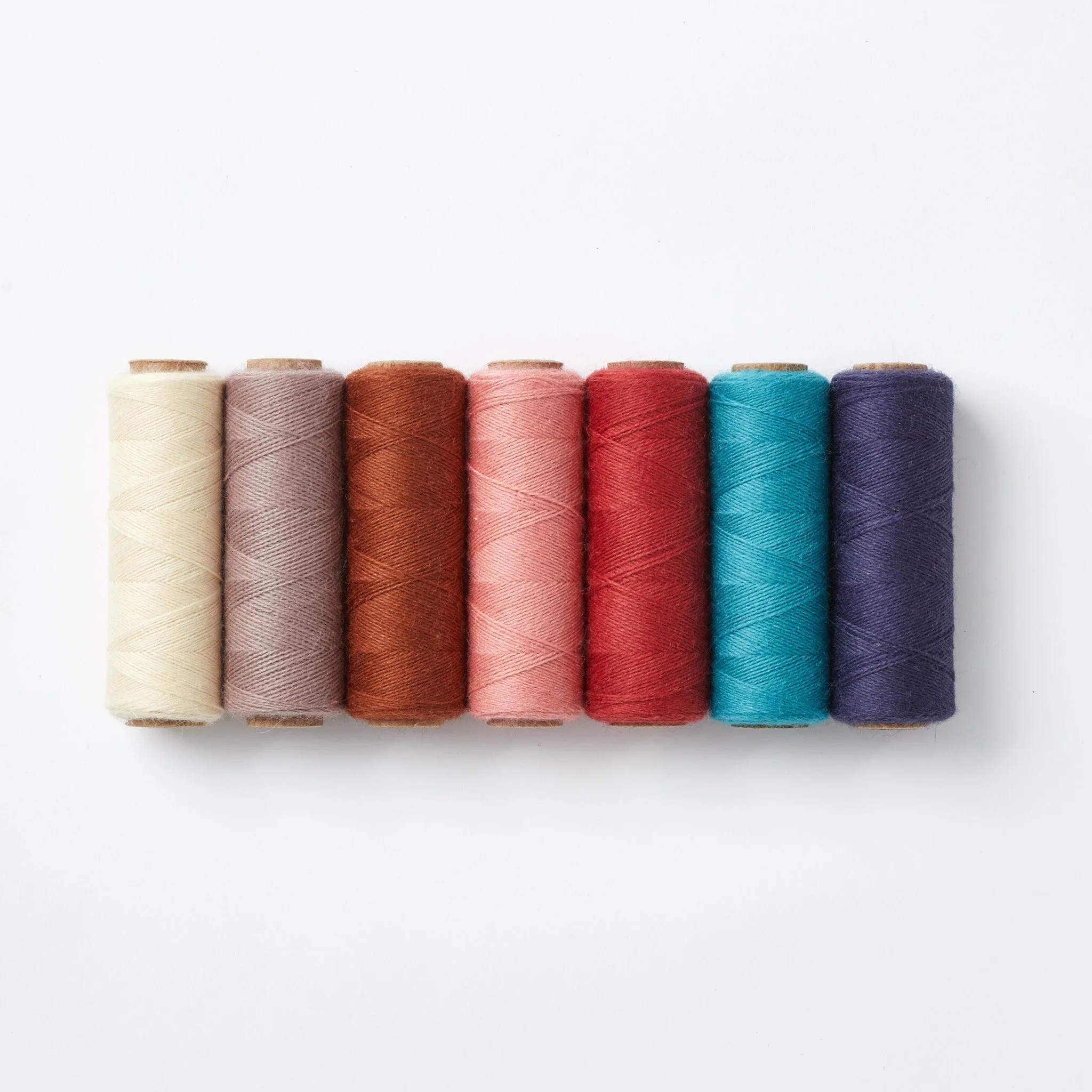There are only a few things that I’d say regularly frustrate new tapestry weavers and one of them is the final knot on the warping bar of a continuously warped tapestry loom. If that last knot doesn’t hold tightly, then your edge selvedge will be loose which affects your weaving. Using a double half-hitch knot allows you to adjust the tension on that last warp with a knot that will hold.
Continuous warping
What does that mean? A continuous warp is one which wraps around the outside of a tensioned frame loom. Some common examples of this type of loom are the Schacht Arras and most Mirrix looms. These looms use a warping bar. The bar gives you a place to tie the beginning and ending warp securely as well as a rigid structure to help you turn the tapestry around the loom without distorting it. This type of loom can produce a tapestry that is longer than the loom is high.







